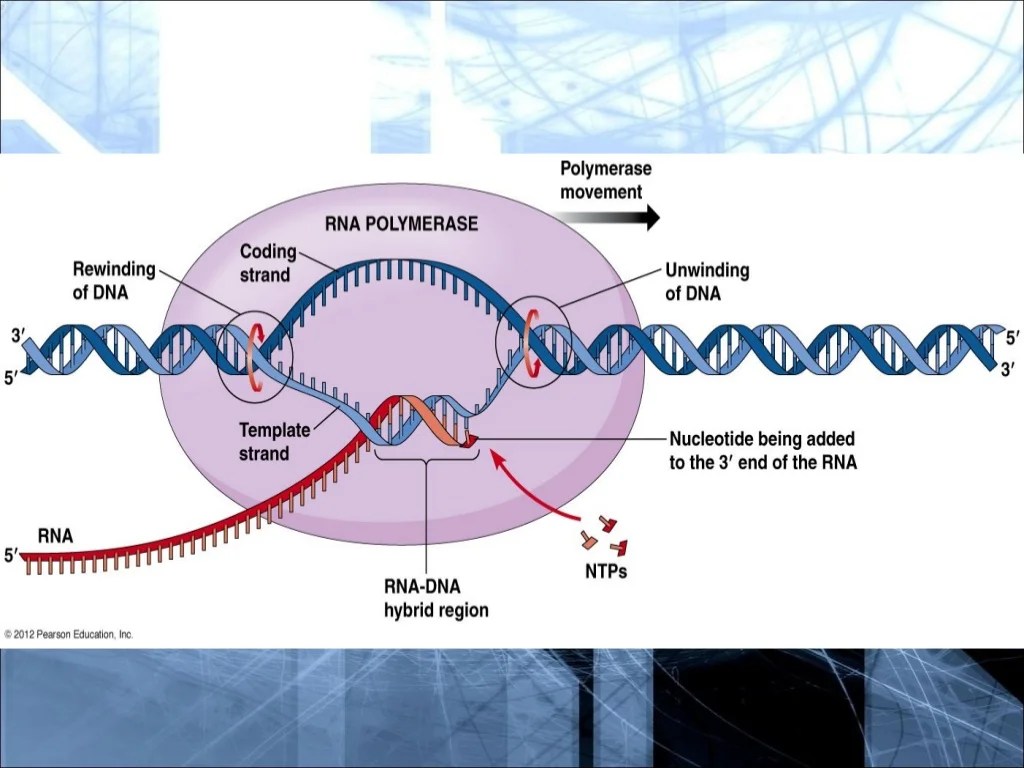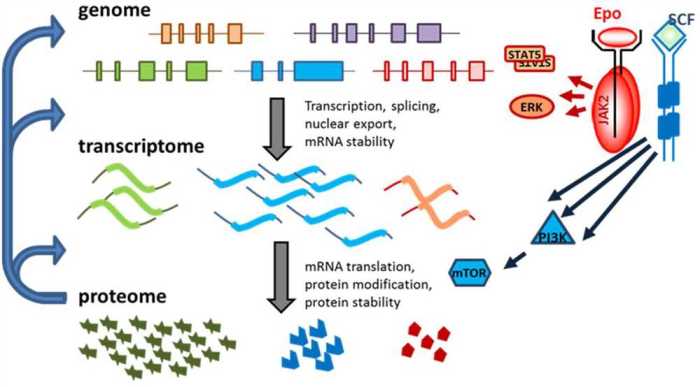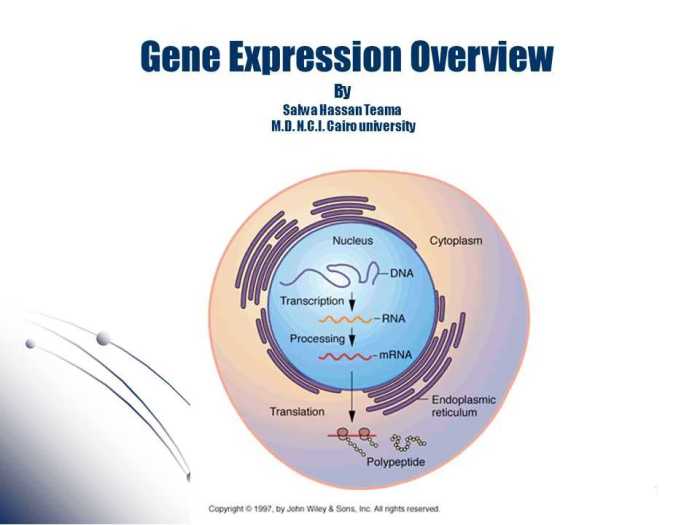Gene expression – translation pogil, a revolutionary approach in science education, opens up new avenues for understanding the intricate processes of gene expression and translation. This engaging journey unveils the significance of gene regulation and protein synthesis, shedding light on their profound impact on biological systems.
Delving into the intricacies of gene expression, we explore the steps of transcription and translation, unraveling the mechanisms that govern these fundamental processes. We delve into the role of ribosomes, tRNA, and amino acids in translation, gaining insights into the precision and accuracy of protein synthesis.
Gene Expression

Gene expression is the process by which the information encoded in a gene is used to direct the synthesis of a protein. It is a fundamental process in all living cells and is essential for growth, development, and function. Gene expression is regulated by a complex network of factors, including transcription factors, chromatin structure, and environmental cues.
Steps of Gene Expression
- Transcription:The first step of gene expression is transcription, in which the DNA sequence of a gene is copied into a messenger RNA (mRNA) molecule. This process is carried out by RNA polymerase, which binds to the promoter region of the gene and synthesizes an mRNA molecule complementary to the DNA template strand.
- Translation:The second step of gene expression is translation, in which the mRNA molecule is used to direct the synthesis of a protein. This process occurs in the cytoplasm, where ribosomes bind to the mRNA and read the sequence of codons.
Each codon specifies a particular amino acid, which is then added to the growing polypeptide chain.
Factors Regulating Gene Expression
- Transcription factors:Transcription factors are proteins that bind to specific DNA sequences and either promote or repress transcription. They play a key role in regulating gene expression in response to environmental cues and cellular signals.
- Chromatin structure:The structure of chromatin, the complex of DNA and proteins that makes up chromosomes, can also regulate gene expression. Euchromatin is a loosely packed form of chromatin that is more accessible to transcription factors, while heterochromatin is a tightly packed form of chromatin that is less accessible.
- Environmental cues:Environmental cues, such as temperature, pH, and nutrient availability, can also regulate gene expression. These cues can affect the activity of transcription factors and the structure of chromatin.
- Initiation:The first step of translation is initiation, in which the ribosome binds to the mRNA molecule and reads the start codon (AUG). The start codon specifies the first amino acid of the protein.
- Elongation:The second step of translation is elongation, in which the ribosome moves along the mRNA molecule, reading the codons and adding the corresponding amino acids to the growing polypeptide chain.
- Termination:The third step of translation is termination, in which the ribosome reaches a stop codon (UAA, UAG, or UGA) on the mRNA molecule. The stop codon signals the end of translation, and the polypeptide chain is released from the ribosome.
- Ribosomes:Ribosomes are large, complex structures that are responsible for carrying out translation. They consist of two subunits, a large subunit and a small subunit, which come together to form a functional ribosome.
- tRNA molecules:tRNA molecules are small RNA molecules that carry amino acids to the ribosome. Each tRNA molecule is specific for a particular amino acid, and it recognizes the corresponding codon on the mRNA molecule.
- Amino acids:Amino acids are the building blocks of proteins. They are linked together by peptide bonds to form a polypeptide chain.
- Codon-anticodon recognition:The accuracy of translation is ensured by the specific recognition of codons on the mRNA molecule by the corresponding anticodons on the tRNA molecules.
- Proofreading mechanisms:The ribosome has proofreading mechanisms that help to ensure that the correct amino acids are added to the polypeptide chain.
- Student-centered:POGIL is a student-centered approach that emphasizes the role of students in the learning process. Students are responsible for their own learning and for working with others to solve problems.
- Inquiry-based:POGIL is an inquiry-based approach that emphasizes the use of inquiry to promote understanding of scientific concepts. Students are encouraged to ask questions, make predictions, and test their hypotheses.
- Group work:POGIL is a group-work approach that emphasizes the importance of collaboration and teamwork. Students work together in small groups to solve problems and share their ideas.
- Improved understanding of scientific concepts:POGIL has been shown to improve student understanding of scientific concepts. This is because POGIL encourages students to actively engage with the material and to work with others to solve problems.
- Development of critical thinking skills:POGIL helps students to develop critical thinking skills. This is because POGIL encourages students to ask questions, make predictions, and test their hypotheses.
- Enhanced problem-solving skills:POGIL helps students to develop problem-solving skills. This is because POGIL encourages students to work with others to solve problems.
- Microarrays are used to measure the expression of thousands of genes simultaneously. This information can be used to identify genes that are differentially expressed in different cell types or under different conditions.
- Advantages:Microarrays are a high-throughput technique that can provide a global view of gene expression. They are also relatively inexpensive.
- Disadvantages:Microarrays can only measure the expression of genes that are known in advance. They also cannot provide information about the regulation of gene expression.
- RNA sequencing is a technique that can be used to measure the expression of all the RNA molecules in a cell. This information can be used to identify genes that are differentially expressed in different cell types or under different conditions.
- Advantages:RNA sequencing is a high-throughput technique that can provide a comprehensive view of gene expression. It can also provide information about the regulation of gene expression.
- Disadvantages:RNA sequencing is more expensive than microarrays. It also requires more computational resources to analyze the data.
- Diagnosis and treatment of disease:Gene expression and translation can be used to diagnose and treat a variety of diseases. For example, gene expression profiling can be used to identify genes that are overexpressed or underexpressed in cancer cells. This information can be used to develop new drugs to target these genes.
- Development of new therapies:Gene expression and translation can be used to develop new therapies for a variety of diseases. For example, gene therapy can be used to introduce new genes into cells to correct genetic defects.
- Improvement of crop yields:Gene expression and translation can be used to improve crop yields. For example, genetic engineering can be used to create crops that are resistant to pests and diseases.
- Development of new biofuels:Gene expression and translation can be used to develop new biofuels. For example, genetic engineering can be used to create plants that produce more oil.
- Production of pharmaceuticals:Gene expression and translation can be used to produce pharmaceuticals. For example, bacteria can be genetically engineered to produce human proteins that are used to treat diseases.
- Development of new materials:Gene expression and translation can be used to develop new materials. For example, genetically engineered bacteria can be used to produce biodegradable plastics.
- Gel electrophoresis to separate and analyze DNA or RNA fragments
- Quantitative PCR to measure gene expression levels
- Immunoblotting to detect specific proteins
Translation
Translation is the process by which the information encoded in an mRNA molecule is used to direct the synthesis of a protein. It is a complex process that involves the coordinated action of ribosomes, tRNA molecules, and amino acids.
Steps of Translation
Components of Translation
Mechanisms Ensuring Accurate Translation
POGIL (Process Oriented Guided Inquiry Learning): Gene Expression – Translation Pogil

POGIL is a student-centered learning approach that emphasizes the use of inquiry and group work to promote understanding of scientific concepts. It is based on the idea that students learn best when they are actively engaged in the learning process and when they have the opportunity to work with others to solve problems.
Principles of POGIL
Benefits of POGIL
Experimental Techniques

A variety of experimental techniques can be used to study gene expression and translation. These techniques include:
Microarrays
RNA sequencing
Applications, Gene expression – translation pogil
The study of gene expression and translation has a wide range of applications in medicine, agriculture, and biotechnology. These applications include:
Medicine
Agriculture
Biotechnology
Popular Questions
What is the significance of gene expression in biological processes?
Gene expression plays a crucial role in determining the traits and characteristics of an organism. It regulates the production of proteins, which are essential for various cellular functions, including metabolism, growth, and development.
How does POGIL enhance the teaching of gene expression and translation?
POGIL provides a student-centered approach that actively engages learners in the process of discovery. Through hands-on activities and guided inquiry, students construct their own understanding of these complex concepts, fostering critical thinking and problem-solving skills.
What are some examples of experimental techniques used to study gene expression and translation?
Common experimental techniques include: